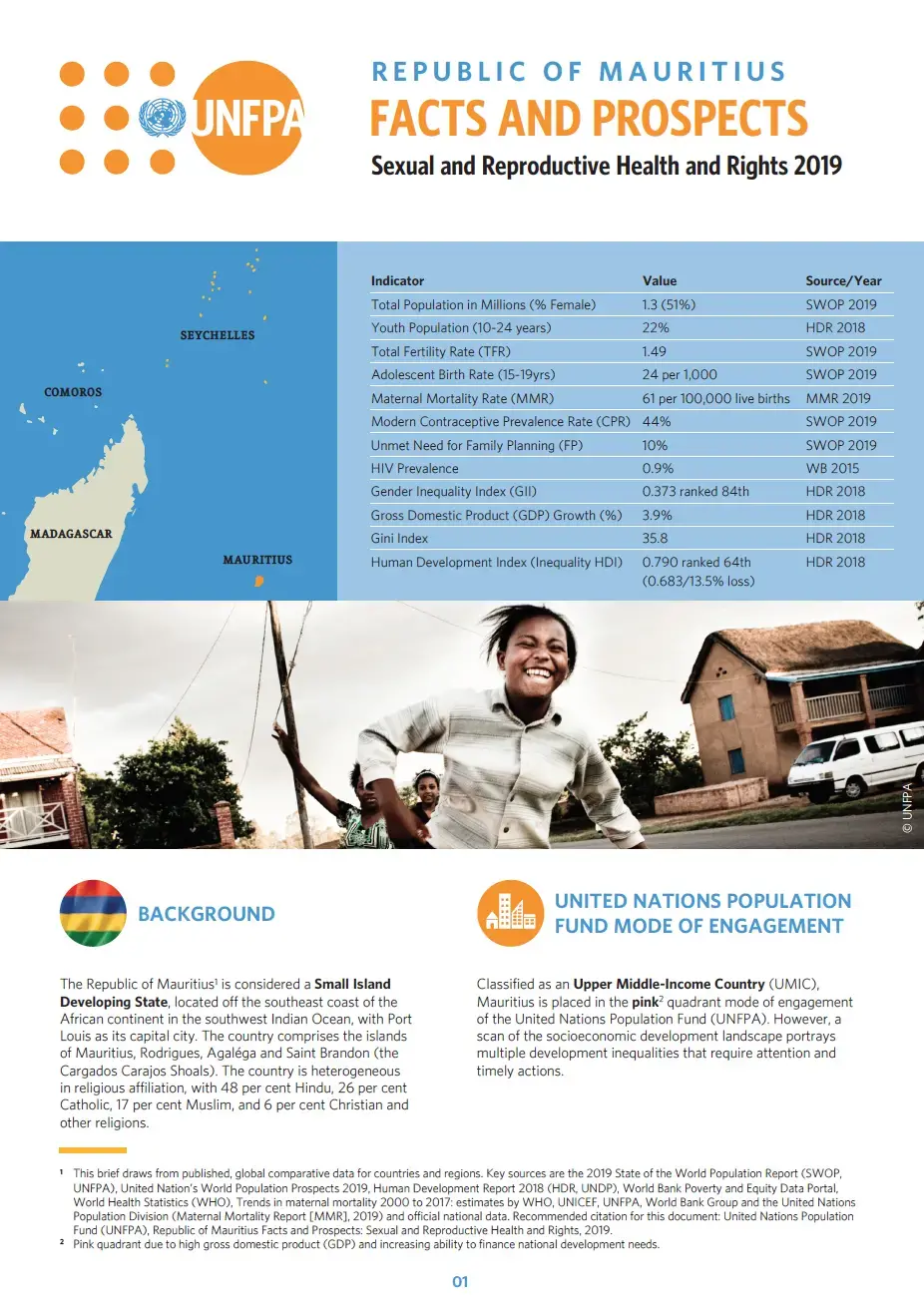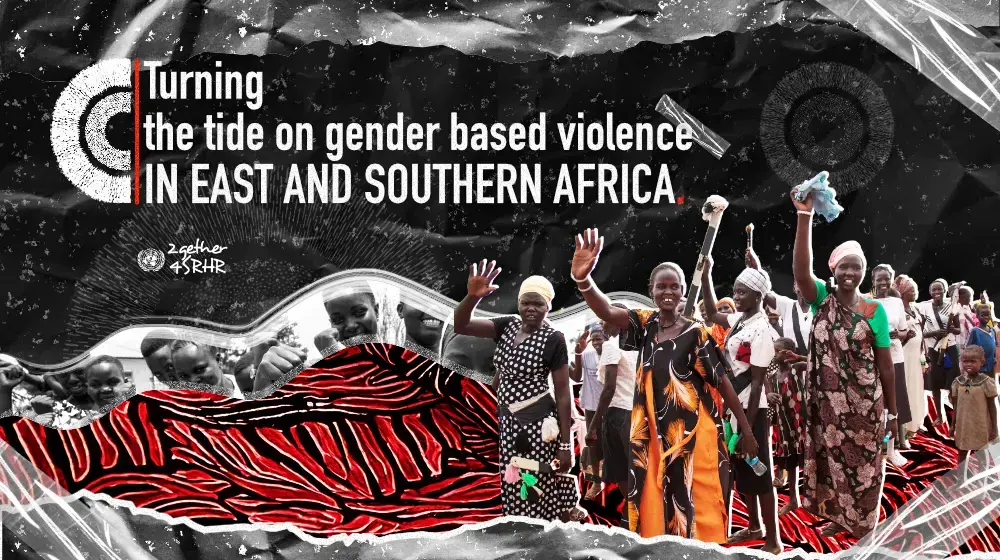Southern African Middle Income Countries’ Profiles Series
Trends of selected population and sexual and reproductive health indicators in Southern African middle income countries
The world’s middle-income countries (MICs) are a diverse group by size, population and income levels. Lower-middle-income countries (LMICs) with a gross national income (GNI) per capita ranging from $1,026 to $3,995 and upper-middle-income countries (UMICs) with a GNI per capita ranging from $3,996 to $12,375 at 2019 levels, often demonstrate the complexity of co-existing wealth, economic prospects and development inequalities.
The African continent has eight UMICs and one high-income country (HIC) – Seychelles. Southern Africa is home to half of the UMICs on the continent.
This series presents a trend analysis of selected indicators related to the International Conference on Population and Development (ICPD) Programme of Action among Southern African UMICs, including a comparison with selected UMICs and HICs from other parts of the world, with a view to identifying opportunities for improvement.
The Republic of Mauritius is considered a Small Island Developing State, located off the southeast coast of the African continent in the southwest Indian Ocean, with Port Louis as its capital city. The country comprises the islands of Mauritius, Rodrigues, Agaléga and Saint Brandon (the Cargados Carajos Shoals). Classified as an Upper Middle-Income Country (UMIC), a scan of the socioeconomic development landscape portrays multiple development inequalities that require attention and timely actions.





